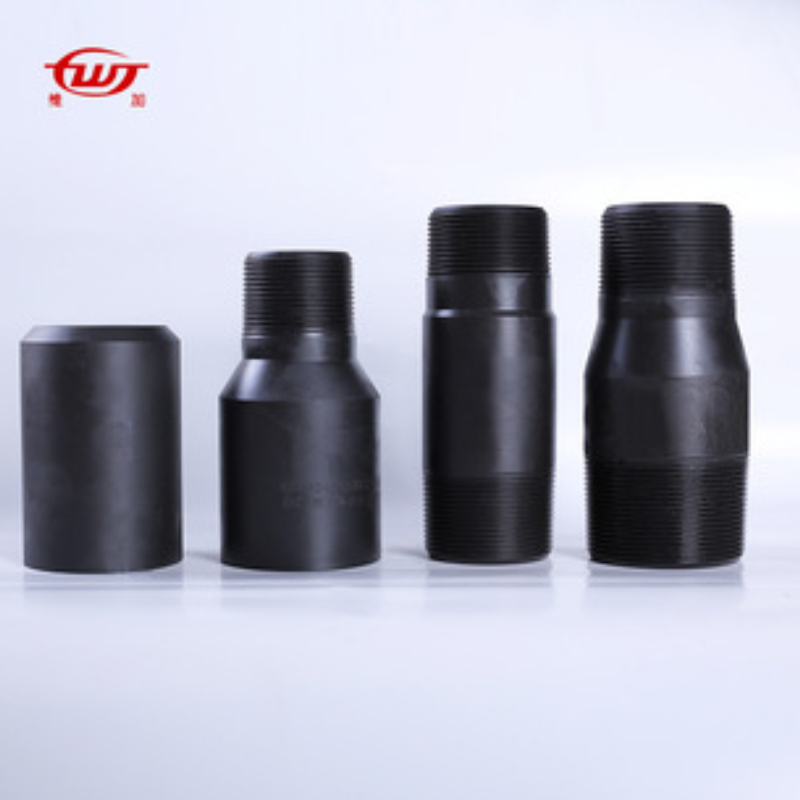- Afrikaans
- Albanian
- Amharic
- Arabic
- Armenian
- Azerbaijani
- Basque
- Belarusian
- Bengali
- Bosnian
- Bulgarian
- Catalan
- Cebuano
- Corsican
- Croatian
- Czech
- Danish
- Dutch
- English
- Esperanto
- Estonian
- Finnish
- French
- Frisian
- Galician
- Georgian
- German
- Greek
- Gujarati
- Haitian Creole
- hausa
- hawaiian
- Hebrew
- Hindi
- Miao
- Hungarian
- Icelandic
- igbo
- Indonesian
- irish
- Italian
- Japanese
- Javanese
- Kannada
- kazakh
- Khmer
- Rwandese
- Korean
- Kurdish
- Kyrgyz
- Lao
- Latin
- Latvian
- Lithuanian
- Luxembourgish
- Macedonian
- Malgashi
- Malay
- Malayalam
- Maltese
- Maori
- Marathi
- Mongolian
- Myanmar
- Nepali
- Norwegian
- Norwegian
- Occitan
- Pashto
- Persian
- Polish
- Portuguese
- Punjabi
- Romanian
- Russian
- Samoan
- Scottish Gaelic
- Serbian
- Sesotho
- Shona
- Sindhi
- Sinhala
- Slovak
- Slovenian
- Somali
- Spanish
- Sundanese
- Swahili
- Swedish
- Tagalog
- Tajik
- Tamil
- Tatar
- Telugu
- Thai
- Turkish
- Turkmen
- Ukrainian
- Urdu
- Uighur
- Uzbek
- Vietnamese
- Welsh
- Bantu
- Yiddish
- Yoruba
- Zulu
Exploring the Features and Benefits of China Casing Couplings for Oil and Gas Industries
Understanding China Casing Coupling A Comprehensive Overview
Casing couplings play a crucial role in the oil and gas industry, particularly in the drilling and production phases. Among the leading manufacturers of these essential components is China, where innovative technologies and advanced manufacturing processes converge to produce high-quality casing couplings. This article aims to provide a comprehensive overview of China casing couplings, their significance, construction, and the factors contributing to their global competitiveness.
Significance of Casing Couplings
Casing couplings are vital components used to connect sections of casing pipes during drilling operations. They ensure the structural integrity of the wellbore, facilitating the safe extraction of hydrocarbons from deep underground reservoirs. The couplings' primary functions include providing a seal to prevent fluid leakages, withstanding high pressures and temperatures, and protecting the drilled well from external elements such as corrosion and contamination.
In China, the demand for casing couplings is driven by the country’s robust oil and gas exploration activities. As companies seek to maximize their production capabilities and efficiency, high-quality coupling systems become indispensable. Consequently, the Chinese casing coupling market has witnessed significant growth over the years.
Construction and Types of Casing Couplings
Chinese casing couplings are typically engineered from various materials, including carbon steel, stainless steel, and alloy steel. The choice of material depends on the specific application and environmental conditions. The manufacturing process often involves techniques such as forging, machining, and heat treatment to ensure that the couplings can withstand the extreme conditions often encountered in oil and gas extraction.
There are several types of casing couplings used in the industry, such as
1. Standard Couplings Used for general applications, these couplings often have a nominal diameter and are utilized in both vertical and horizontal drilling.
2. Threaded Couplings Comprised of threads to ensure secure connections between casing pipes. They are particularly useful in high-pressure applications.
china casing coupling

4. Specialty Couplings Custom-designed couplings for unique applications, catering to specific needs such as high-temperature or corrosive environments.
Factors Contributing to China's Competitiveness
China's strong presence in the casing coupling market is attributable to several key factors
1. Advanced Manufacturing Technology Chinese manufacturers continuously invest in state-of-the-art machinery and technology, enabling them to produce high-quality products efficiently.
2. Economies of Scale With a vast industrial base and large production capacities, China benefits from economies of scale that reduce costs for manufacturers and consumers alike.
3. Skilled Workforce The country boasts a technically trained workforce adept in engineering and manufacturing processes, ensuring high standards of production.
4. Export Capabilities China has established vast networks for exporting casing couplings, making it a significant player in international markets. Its ability to meet various international standards adds to its attractiveness as a supplier.
5. Research and Development Continuous R&D efforts have facilitated the development of innovative coupling designs and materials that improve performance and durability, aligning with the industry's evolving needs.
Conclusion
China’s casing couplings are a cornerstone of the oil and gas industry, reflecting a blend of advanced technology, skilled craftsmanship, and strategic market positioning. As global exploration activities continue to expand, the importance of reliable and robust casing couplings will only grow. With its commitment to quality and innovation, China is poised to maintain its competitiveness and meet the ever-increasing demands of the energy sector worldwide.
-
Tubing Pup Joints: Essential Components for Oil and Gas OperationsNewsJul.10,2025
-
Pup Joints: Essential Components for Reliable Drilling OperationsNewsJul.10,2025
-
Pipe Couplings: Connecting Your World EfficientlyNewsJul.10,2025
-
Mastering Oilfield Operations with Quality Tubing and CasingNewsJul.10,2025
-
High-Quality Casing Couplings for Every NeedNewsJul.10,2025
-
Boost Your Drilling Efficiency with Premium Crossover Tools & Seating NipplesNewsJul.10,2025







